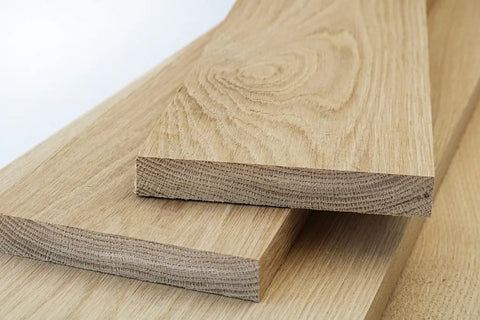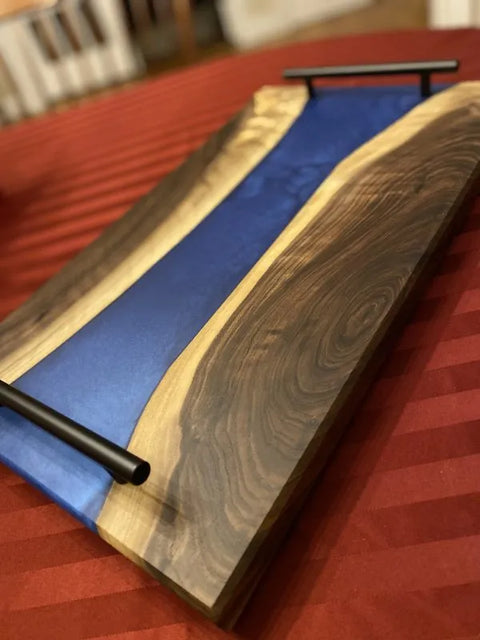Woodworking is a timeless craft that has been around for centuries. However, the woodworking community in Connecticut is fascinating and dynamic due to the rich history and contemporary talent of the state’s woodworkers. In this blog, we’ll be discussing the history of woodworking in Connecticut, the contemporary scene, local artisans, and some of the talented individuals currently working in the woodworking community. So whether you’re a beginner or an experienced woodworker, join us on this journey through Connecticut’s woodworking community!
The history of woodworking in Connecticut
Dates back to the early colonial period when the state was settled by Europeans in the 1600s. At that time, woodworking was an essential skill for the construction of homes, furniture, and other necessary items. Connecticut was known for its abundance of trees, which provided a plentiful supply of wood for the woodworking industry. Over the years, the state developed a reputation for producing high-quality furniture, particularly in Windsor and New Haven. Today, woodworking in Connecticut remains an important part of the state’s economy, with many skilled craftsmen and companies specializing in custom furniture, cabinetry, and other wood products.
In the early 20th century, Connecticut became home to several major furniture manufacturing companies, including Ethan Allen and Stanley Furniture. These companies helped to establish the state as a leader in the furniture industry, and many of their products were exported throughout the country and beyond. In addition to traditional furniture, woodworking in Connecticut also includes producing musical instruments, such as violins and guitars. The state is home to several small, artisanal instrument makers who create high-quality tools using traditional methods. Woodworking in Connecticut also encompasses many other products, including custom cabinetry, flooring, and architectural millwork.

The contemporary scene in Connecticut’s woodworking community
Woodworking is a craft that is centuries old and has a rich history in Connecticut. From Colonial times to the present day, there has been a lot of activity and innovation in the state’s woodworking community. Many exciting projects are happening in the contemporary scene, including furniture and cabinetmaking, architectural millwork, and kitchen cabinetry. If you’re interested in learning more about woodworking in Connecticut, there are plenty of resources available online or at local workshops. Get started today and discover the rich history and contemporary talent of Connecticut’s woodworking community!
Local artisans and their work
Local artisans are skilled craftsmen and women who create handmade, one-of-a-kind products using traditional techniques and materials. These artisans often work in small studios or workshops, where they produce a wide range of products, including furniture, jewelry, pottery, textiles, and other decorative and functional items. Local artisans take great pride in their work and are known for the attention to detail and high level of craftsmanship they bring to each piece. Many local artisans sell their products at artisan markets, craft fairs, and through their online stores or galleries. Supporting local artisans is a great way to help sustain traditional craft techniques and support small businesses in the community. In addition to the beauty and uniqueness of their work, buying from local artisans also helps to reduce the carbon footprint of mass-produced products and supports the local economy.

How to find out about and get involved with the local woodworking community
There are a few different ways to find out about and get involved with the local woodworking community. One option is to search online for local woodworking clubs or groups. Many cities and towns have organizations dedicated to woodworking, which often host meetings, workshops, and other events. These groups can be a great way to connect with other woodworkers, learn new skills, and share ideas and techniques. Another option is to check out local woodworking stores or shops, which often have a wealth of information about the local woodworking community and may be able to point you in the direction of relevant events or resources. You can also consider joining online forums or social media groups focused on woodworking, which can be a great way to connect with woodworkers from all over the world and learn about local events and resources. Finally, don’t be afraid to simply ask around and see if any woodworking events or groups are happening in your area – you never know who you might meet or what opportunities might come your way.
In addition to joining woodworking groups or clubs, there are many other ways to get involved in the local woodworking community. For example, you could volunteer your time and skills at a local woodworking school or workshop, which could be a great way to learn new techniques and give back to the community. You could also consider reaching out to local maker spaces or coworking spaces, which often have woodworking resources available for members. These spaces can be a great way to access tools and equipment that you might not have access to otherwise, and they also provide an opportunity to work alongside other woodworkers and learn from their experience.
Contemporary talent in the state’s woodworking community
The woodworking community in the state is home to many talented craftsmen and women who produce innovative and beautiful work. Some contemporary woodworkers in the state are experimenting with new techniques and materials, such as using laser cutters or CNC machines to create detailed and intricate designs. Others are working with traditional techniques, such as hand-carving or steam bending, to create unique and one-of-a-kind pieces. Many contemporary woodworkers in the state are also focusing on sustainability and eco-friendliness, using locally-sourced or reclaimed materials and incorporating green practices into their work. The state’s woodworking community is diverse and dynamic, with a range of styles and approaches represented. From furniture to instrument makers, there is a wealth of talent and creativity in the state’s woodworking community.
In addition to traditional woodworking techniques, many contemporary woodworkers in the state are also exploring using digital tools and technology in their work. For example, some woodworkers use 3D modeling software to design their pieces, while others use virtual reality to visualize and test their designs before building them. These technologies can help woodworkers to create more precise and efficient designs, and they can also make it easier to collaborate with clients or other woodworkers. Some woodworkers also use social media and online platforms to showcase their work and connect with potential customers, which can be a powerful way to reach a wider audience and build a reputation in the woodworking community. Overall, the contemporary woodworking community in the state is thriving, with a range of talented craftsmen and women producing innovative and beautiful work that pushes the boundaries of what is possible with wood.

Conclusion
The contemporary woodworking community in Connecticut is vibrant and diverse, with a range of styles and approaches represented. Many woodworkers are using digital tools and technology to create more efficient designs, while others are focusing on sustainability and eco-friendliness. The state’s woodworking community is dynamic and expanding, with opportunities for growth across all areas of the industry.
In Durham, Connecticut, United States, local businesses are co-opting the creative talent of area residents to create one-of-a-kind pieces that can be found throughout the downtown.
A unique aspect of Durham is that businesses cooperate to stimulate economic activity instead of competing against one another for customers.





